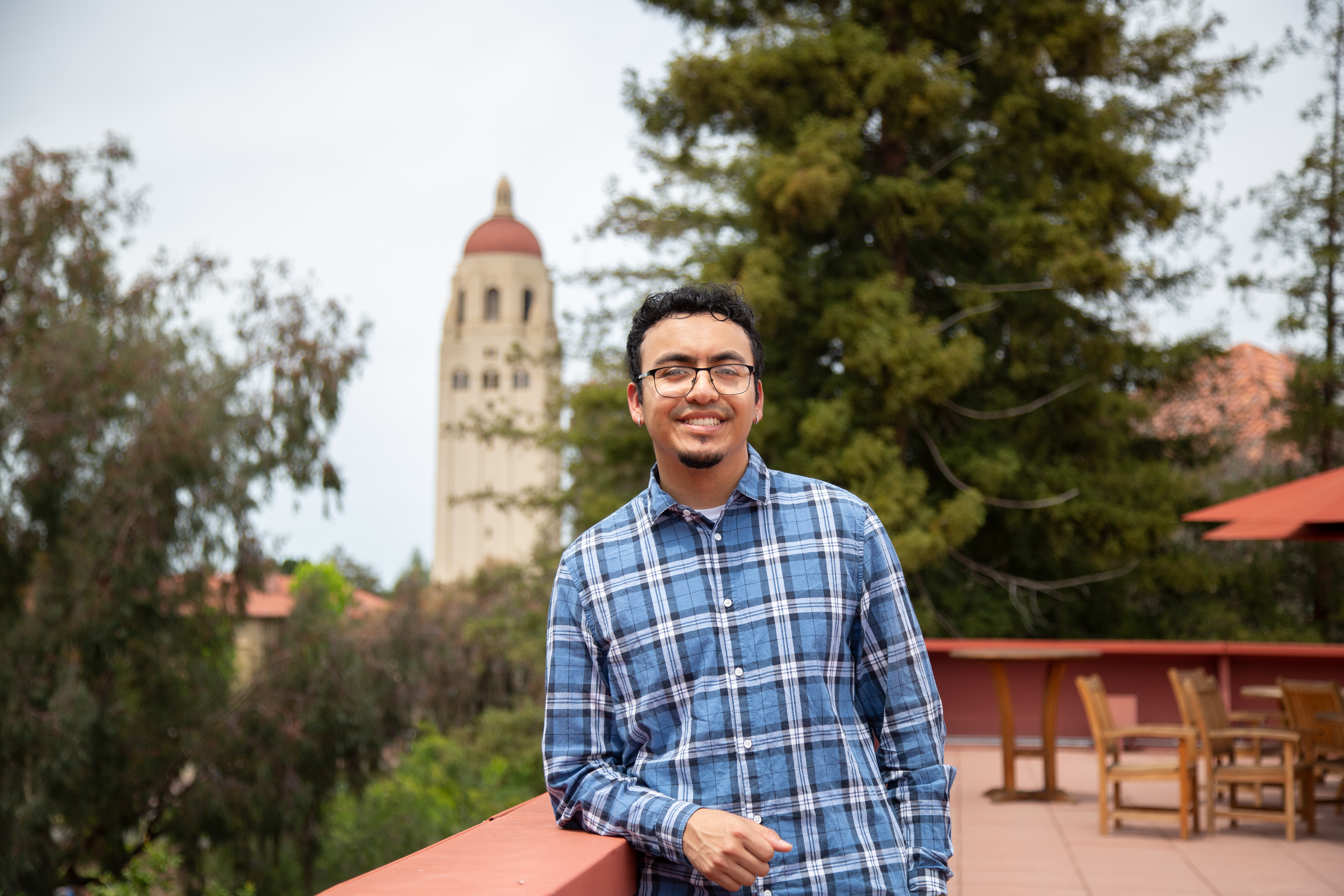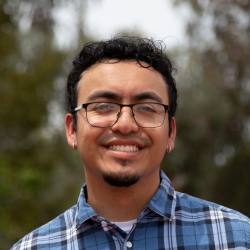
Juan Duran
You’re almost done with STEP! How would you describe the experience?
Given the nature of STEP's one-year program, it can definitely feel very fast-paced and overwhelming at times. However, you will always have multiple support systems you can reach out to. STEP faculty and staff are always mindful and understanding of students. Moreover, you will find solidarity and life-long friendships with your fellow colleagues. Through STEP, I've experienced many special moments that have brought me a lot of joy, thoughtful learning, and reflection. One of those memorable experiences has been the opportunity to complete my student teaching at a public high school located in East San Jose—where I've had the opportunity and honor of working with many determined and brilliant first-gen, low-income students.
How did you decide that you wanted to be a teacher?
Growing up in an under-resourced neighborhood and attending an underperforming public school district shaped my understanding of underrepresented groups in education and motivated me to bring forth a positive change in my community through service, research, and teaching. Additionally, my personal and professional interests, including mentoring and empowering young Latinx minds to pursue higher education, have also shaped my career aspirations.
What were you doing prior to applying to the GSE?
Before arriving at Stanford, I was an on-site elementary substitute in my hometown of Fallbrook. It was a very challenging but fulfilling role, as it was in the midst of the pandemic. Working with younger students was a new experience for me, but it allowed me to reflect on the importance of representation in early childhood education.

Where do you hope to be in five years?
In five years, I hope to still be teaching and serving our most vulnerable student populations. Moreover, I hope to have strengthened my pedagogical practices in order to ensure I am providing a safe and effective learning environment for my students to thrive. Lastly, I hope to bring critical awareness and accessible resources to low-income communities of color where support from our educational reformers often falls short.
Any tips for incoming students to help them get the most from their time in STEP?
Attending Stanford can come with a lot of benefits. I recommend that others take advantage of the plethora of resources available to Stanford students. For example, seeking mentorship or guidance from faculty/staff either in or out of the Graduate School of Education (GSE). Furthermore, be involved in the community you student-teach in by first understanding the cultures and languages of the area. By doing this, you will be better equipped to serve your students and provide them with culturally relevant pedagogy practices.
Any other thoughts you’d like to share?
Thank you for considering teaching! My time at STEP has further solidified my purpose, which is to teach and advocate for our most marginalized students, families, and communities.

